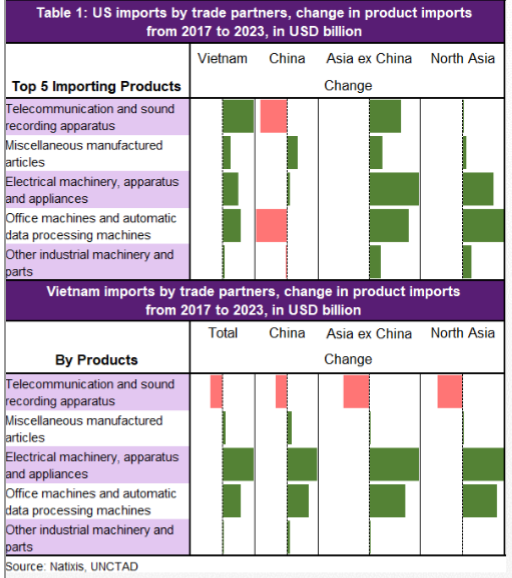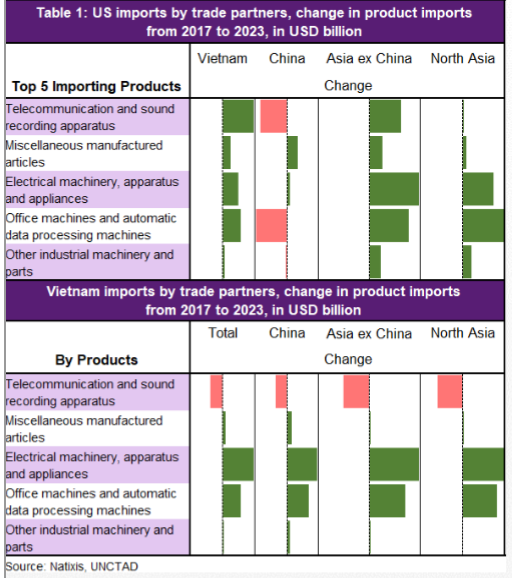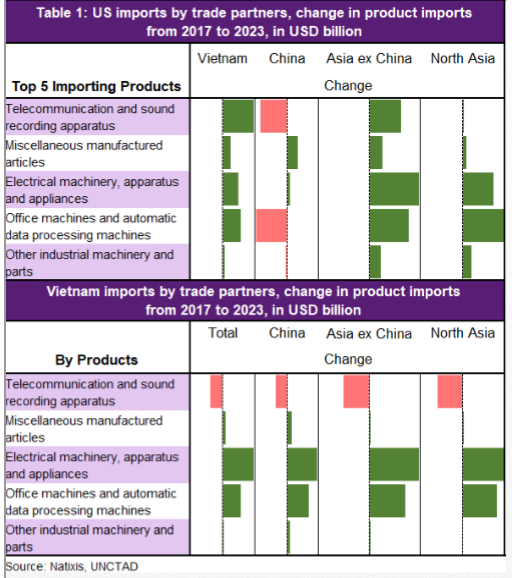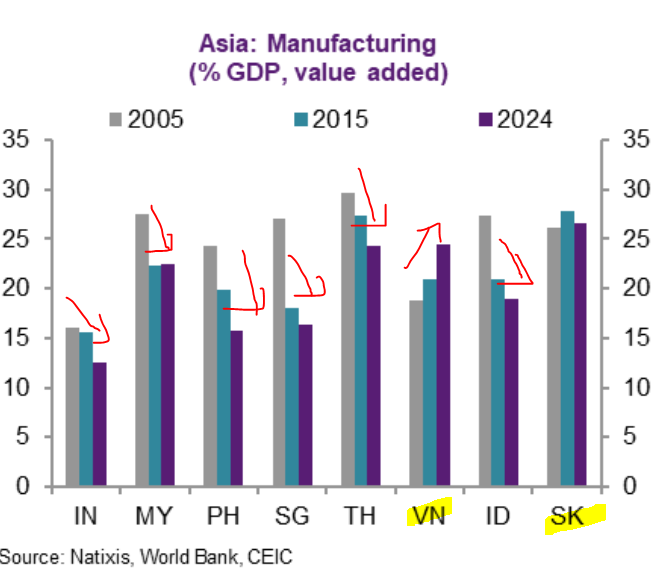Got gas? Got coal? Got oil? Got renewables?
What do we learn from the energy supply shock? We learn that the world is still energized and driven by fossil fuel.
In emerging markets, coal is still the main source of electricity (not just China but also India).
And guess what?
What do we learn from the energy supply shock? We learn that the world is still energized and driven by fossil fuel.
In emerging markets, coal is still the main source of electricity (not just China but also India).
And guess what?
https://twitter.com/Trinhnomics/status/1442433367425781760

Yes, and yes, and yes: THE WINNER IS INDONESIA.
It exports it to China & China is paying higher prices for energy (natural gas, coal, etc).
Best performing currency this month: Indonesian rupiah. Your loss, its gain!
It exports natural gas + palm oil too, both more expensive!
It exports it to China & China is paying higher prices for energy (natural gas, coal, etc).
Best performing currency this month: Indonesian rupiah. Your loss, its gain!
It exports natural gas + palm oil too, both more expensive!

And of course you knew that because I wrote that ASEAN supply shock story a couple months back & that it said: Indonesia is the biggest commodity exporter in Asia, yes, absolute & relative share of exports.
So what? Manufacturers cry over higher costs but Indonesia gains. Right?
So what? Manufacturers cry over higher costs but Indonesia gains. Right?

China coal import price, off the chart high!!! That means that its energy prices are higher. Yes, that includes electricity as about 70% of electricity in China is derived from coal.
Ok, and it imports from Indonesia so this chart is Indonesia's gain on the flip side. And so?
Ok, and it imports from Indonesia so this chart is Indonesia's gain on the flip side. And so?

So we got higher import costs for energy for China (of course it depends on its contracts but frankly undeniable that it is higher). If coal is about 70% of China's source of electricity, then it's hard for it to shift to renewables unless it got massive adjustments. So? Outages! 

From Guangdong to the rustbelt in the northeast, we got electricity-rationing measures, impacting output. We also got Delta suppression on going too. This report has a great video on how China generates its energy & the role of coal & renewables.
scmp.com/economy/china-…
scmp.com/economy/china-…
Key pts:
Coal is the largest source of energy ~70%)
China produces more CO2 > (US+EU)
To cut emissions, need to lower coal
But China "greener" isn't coal free
"Cleaner" coal plants being built in China
Coal = polluting so China promotes natural gas
Coal is the largest source of energy ~70%)
China produces more CO2 > (US+EU)
To cut emissions, need to lower coal
But China "greener" isn't coal free
"Cleaner" coal plants being built in China
Coal = polluting so China promotes natural gas
Hydro is China's #1 renewable source but dams construction misplaced millions + damaged the environment, causing more flooding etc
Nuclear is growing (has 40 reactors & building dozens)
Got wind & solar but clean energy is wasted due to electric grid projects behind schedule.
Nuclear is growing (has 40 reactors & building dozens)
Got wind & solar but clean energy is wasted due to electric grid projects behind schedule.
China is the biggest renewable energy producer & also the largest COAL producers.
Energy demand is set to rise. How'll it meet this challenge without facing significantly higher costs? Needs to change both the demand & supply side of its energy equation. That's a major challenge
Energy demand is set to rise. How'll it meet this challenge without facing significantly higher costs? Needs to change both the demand & supply side of its energy equation. That's a major challenge
• • •
Missing some Tweet in this thread? You can try to
force a refresh









